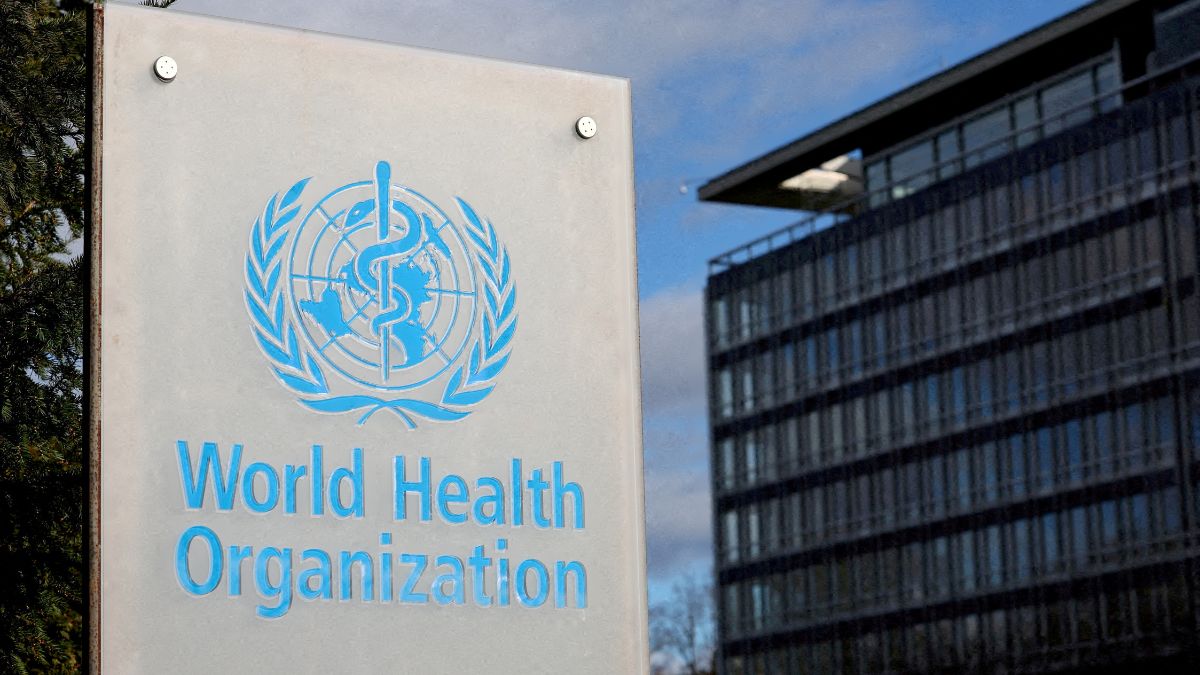China’s $500M WHO contribution: Boosting global health or expanding influence?
 The World Health Organization (WHO) headquarters in Geneva, Switzerland, | REUTERS
The World Health Organization (WHO) headquarters in Geneva, Switzerland, | REUTERS
The World Health Organisation’s annual World Health Assembly (WHA) is underway in Geneva. At the assembly, China’s Vice Premier of the State Council, Liu Guozhong, made a significant announcement: China will contribute an additional $500 million to the WHO, over and above its regular country-specific membership fees.
“The world is now facing the impacts of unilateralism and power politics, bringing major challenges to global health security... Multilateralism is a sure path to addressing these difficulties,” Liu said while announcing the decision.
Historically, the United States has been the WHO’s largest funder. However, under President Donald Trump, the United States has not only halted funding but also formally withdrew from the organisation. As a result, for the first time since 1948, the country is absent from the WHO’s annual assembly.
Many observers had warned that China would strategically step into the void left by the US—and that is arguably exactly what’s unfolding in Geneva, even as Beijing frames it as the dawn of a new era of multilateralism. And, with their $500 million announcement, China is now the largest contributor post-U.S. withdrawal.
At the 2025 World Health Assembly, member states approved a 20 percent increase in assessed contributions (mandatory membership fees). Interestingly, China had earlier signaled opposition to this proposed hike. Observers suggest that Beijing’s reluctance was strategic—allowing it to maintain flexibility in its obligatory financial commitments while projecting leadership through sizable voluntary contributions.
Historically, China has attempted to maximize its diplomatic leverage through direct bilateral aid rather than multilateral commitments. And China has traditionally shown limited enthusiasm for significantly increasing its mandatory funding to WHO.
However, now with the US withdrawal from WHO, China has pledged to increase its voluntary contributions from $2.5 million in 2024–25 to $500 million over the next five years. This marks a notable shift in its approach to global health diplomacy.
As the WHO faces major budgetary challenges, China’s financial support is now crucial for stabilizing the former’s operations. Critical WHO initiatives such as immunization campaigns and outbreak responses, particularly in low- and middle-income countries, have suffered due to the withdrawal of US funding. Chinese funds are expected to offer a much-needed lifeline to the organization for now. However, the growing financial dependence on China raises concerns that WHO priorities may begin to reflect Beijing’s strategic interests. For instance, China’s influence has long been linked to the continued exclusion of Taiwan from the World Health Assembly.
China’s health aid, especially through Health Silk Road and BRI projects, often includes digital infrastructure—such as cloud-based medical data systems hosted within its borders. This has sparked alarm over the possibility of Beijing accessing sensitive health data from recipient countries, raising both privacy and national security concerns. With China's influence on WHO expanding, the flow of global health data into China could accelerate.
Critics argue that China’s investments are often “transactional and mercenary,” aimed at expanding its soft power. And there are worries that from now on, WHO policies may increasingly favour Chinese priorities, such as the promotion of its Belt and Road Initiative. And, any rise in China’s soft power, particularly in regions bordering India, raises strategic concerns for New Delhi. China has a track record of situating Chinese-funding health infrastructure near BRI sites in foreign countries. This practice has fuelled speculations that its health diplomacy is intended to serve its broader economic and geopolitical objectives, including securing access to key resources like minerals or ports.
Interestingly, while China’s health diplomacy—channeled through the Health Silk Road and the Belt and Road Initiative—often focuses on high-visibility projects in developing countries, such as building hospitals or donating medical equipment, these initiatives are frequently turnkey. In other words, they are designed for rapid delivery but lack provisions for long-term operations or maintenance. As China emerges as a major WHO funder, it remains unclear whether it will move beyond its typical model of high-visibility, earmarked aid to support the WHO’s long-term programmes.
World